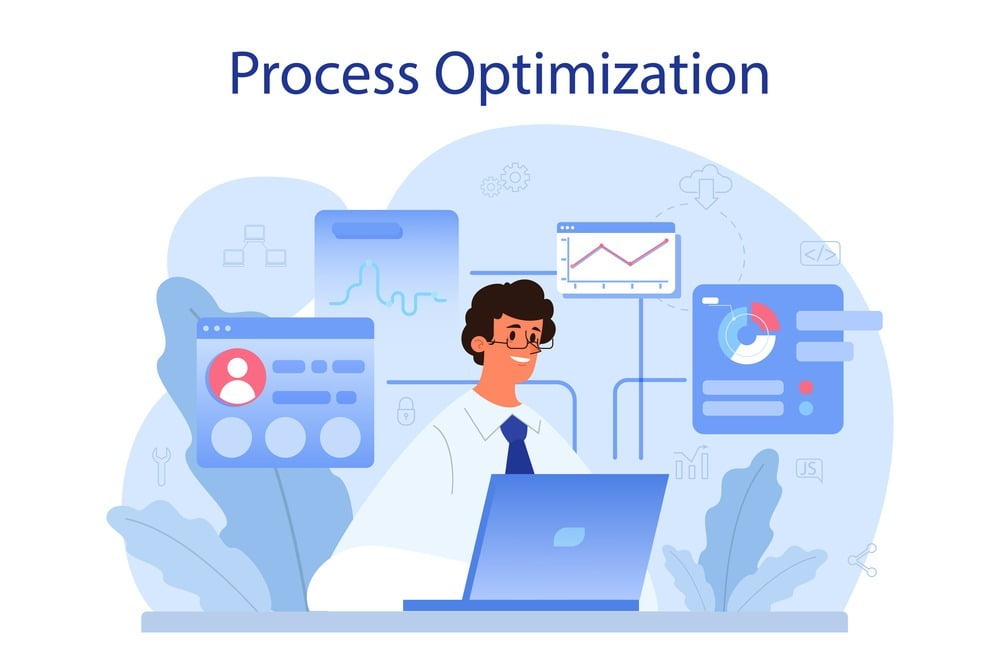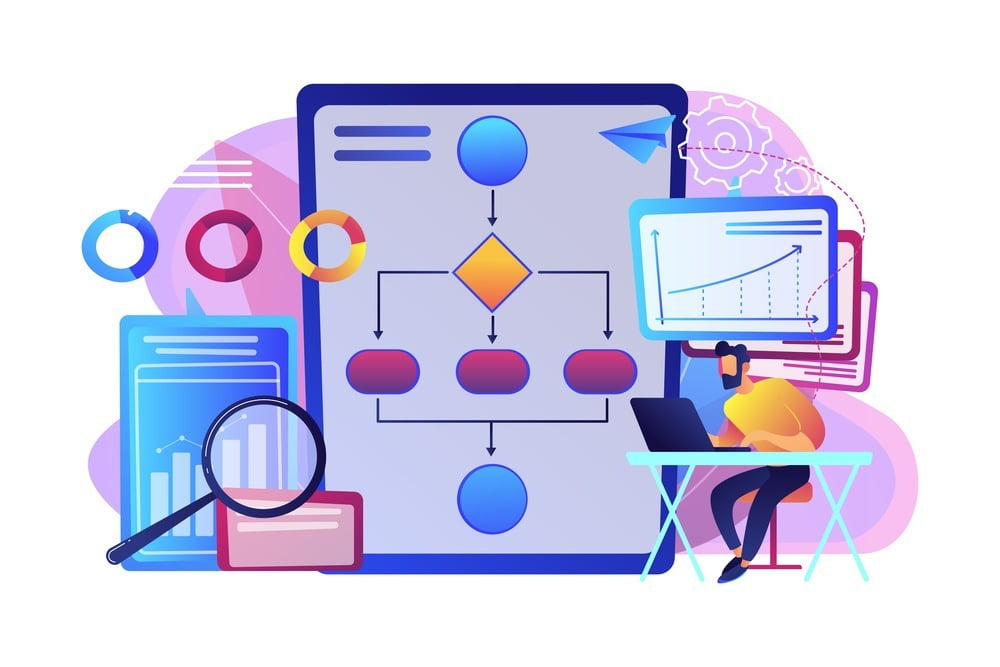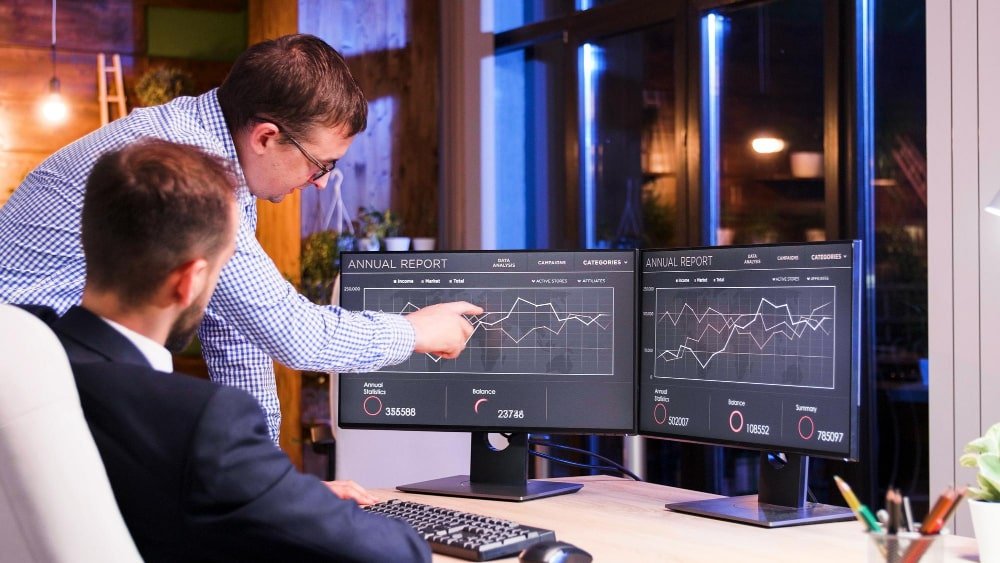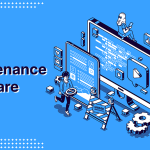Information technology (IT) has become an essential component of modern business operations. Companies rely on IT assets such as hardware, software, and networks to manage their day-to-day activities, support their employees, and deliver products and services to customers. However, as organizations grow, their IT infrastructure becomes more complex, making it challenging to keep track of their IT assets. That’s where IT asset management (ITAM) comes in. ITAM is the process of managing an organization’s IT assets, from acquisition to disposal, to ensure their efficient use, mitigate risks, and optimize their value. In this article, we will explore why ITAM is crucial for businesses of all sizes and the benefits it provides to organizations. But first, what is ITAM?
Related article: How effectively does your IT Asset Management (ITAM) process handle all your top priorities?
What is IT Asset Management (ITAM)?
IT Asset Management (ITAM) manages and maintains an organization’s hardware, software, and other technology-related assets throughout its lifecycle. ITAM involves tracking IT assets’ acquisition, deployment, usage, maintenance, and disposal to ensure that they are used efficiently and cost-effectively.
ITAM encompasses a wide range of assets, including desktop computers, laptops, servers, network devices, software licenses, and mobile devices. ITAM helps organizations identify their IT assets, understand their value, and manage their lifecycle effectively to optimize their usage, minimize costs, and reduce risks.
ITAM typically involves the use of specialized software tools to track and manage IT assets. These tools can help automate asset tracking and management, providing real-time visibility into asset usage, location, and status. ITAM also involves developing and implementing policies and procedures for managing IT assets, including asset procurement, deployment, usage, maintenance, and disposal.
ITAM is an essential process for organizations that rely heavily on technology to operate their business. Effective ITAM can help to reduce costs, increase productivity, minimize risks, and improve compliance with regulatory requirements.
Why ITAM Is Important
IT Asset Management (ITAM) is a necessary process that enables organizations to manage and optimize their IT assets throughout their lifecycle effectively. ITAM can provide several benefits to organizations, including improved performance, increased security, and reduced costs.
Benefits of ITAM
Improved performance: ITAM helps organizations improve their overall performance by ensuring their IT assets are optimized and working efficiently. By tracking the lifecycle of IT assets, organizations can identify assets that are no longer useful and replace them with newer, more effective solutions. Additionally, ITAM can help identify and resolve software conflicts, improve system reliability, and reduce downtime.
Increased security: ITAM helps improve an organization’s security by ensuring that all IT assets are properly tracked and managed. By maintaining an accurate inventory of IT assets, organizations can identify potential security risks and vulnerabilities. It can help them take proactive measures to address these issues before they become more severe security threats.
Reduced costs: ITAM helps organizations reduce their IT costs by optimizing their IT asset usage and avoiding unnecessary expenditures. By tracking the lifecycle of IT assets, organizations can identify assets that are underutilized or no longer needed and dispose of them properly. It can help reduce maintenance and support costs and eliminate the need for additional software licenses and hardware.
Asset visibility: ITAM provides organizations with better visibility into their IT assets, enabling them to track and manage them more effectively. This visibility is essential because it allows organizations to know what they have, where it is, and how it’s being used. By understanding what assets they have and how they’re being used, organizations can make better decisions about their IT investments and ensure that their assets are being used to their full potential.

Improved budgeting: By providing better visibility into IT assets, ITAM also allows organizations to budget more accurately. ITAM helps organizations understand the total cost of ownership of their IT assets and how those costs are distributed across different departments and locations. This information is valuable when it comes to budgeting for IT expenses, as it allows organizations to allocate resources more effectively and make better decisions about replacing or upgrading assets.
Automation: ITAM helps automate many of the manual processes involved in asset management. For example, ITAM software can automatically discover and inventory IT assets, track asset ownership and location changes, and generate reports on asset usage and performance. Automation not only saves time and reduces the risk of errors but also enables organizations to make more informed decisions about their IT assets by providing real-time data.
Analytics: Collecting, analyzing, and interpreting data is essential to gain insights and make informed decisions. With ITAM software, organizations can collect data on their IT assets, such as hardware and software inventory, license information, and usage data. This data can then be analyzed to identify trends, patterns, and potential issues, such as over or underutilized assets, license compliance issues, and security risks.
Reporting: ITAM software can generate a variety of reports, such as hardware and software inventory reports, license compliance reports, usage reports, and cost reports. These reports can be used by IT managers, procurement managers, and other stakeholders to make informed decisions about asset management, budgeting, and resource allocation.
ITAM is vital for organizations because it can help improve performance, increase security, and reduce costs by providing asset visibility, improving budgeting accuracy, and automating manual processes. By effectively managing their IT assets and using analytics, organizations can ensure that they are getting the most value from their technology investments while minimizing potential risks and expenses, thereby making better decisions about their IT investments and achieving greater efficiency and effectiveness in their operations.
Choose right IT Asset Management for your business.
Choosing the right IT asset management solution for your business can be a daunting task. Still, it’s a critical decision that can significantly impact your organization’s efficiency and security. Here are some steps you can follow in choosing the right IT asset management solution for your business:
Identify your needs:
The first step in choosing an IT asset management solution is to identify your business needs. What types of assets do you need to manage? How many assets do you have? What features do you need in an asset management solution? Answers to some of these questions will help you determine what type of solution you need.
Research:
Once you’ve identified your needs, start researching the different IT asset management solutions available in the market. Look at the features offered by different solutions and compare them against your business needs.
Consider scalability:
When choosing an IT asset management solution, it’s important to consider scalability. Make sure that the solution you choose can grow with your business so you don’t have to switch to a new solution in the future.
Look for integration options:
If you’re already using other software in your business, look for an IT asset management solution that integrates with them. It will ensure that all your business data is synced and streamlined.
Check for security features:
IT asset management involves handling sensitive business data. So, choosing a solution with robust security features is essential to keep your data safe from cyber threats.
Consider the user interface:
An intuitive and user-friendly interface is critical for ensuring that the IT asset management solution is easy to use for your employees. Make sure the solution you choose has a simple, easy-to-understand interface.
Read reviews and seek recommendations:
Finally, read reviews from other businesses using the IT asset management solutions you’re considering, and seek recommendations from other business owners in your network. It will give you a good idea of the pros and cons of each solution and help you make an informed decision.
Following these steps will help you choose the right IT asset management solution for your business that meets your needs and is scalable, secure, and easy to use.
How to get started with ITAM
ITAM is all about managing and optimizing IT assets within an organization. Here’s how you start with ITAM in your organization:

Define your ITAM objectives:
The first step is identifying your organization’s ITAM objectives. It may include reducing IT costs, improving compliance, or enhancing security. These objectives will guide your ITAM strategy and help you determine the tools and processes required to achieve your goals.
Create an inventory of your IT assets:
You need to know what IT assets you have before you can manage them effectively. Start by creating a comprehensive inventory of all your IT assets, including hardware, software, and peripherals.
Categorize your IT assets:
Once you have a complete inventory of your IT assets, categorize them based on their importance to your organization. It will help you prioritize your ITAM efforts and focus on the most critical assets first.
Evaluate your current ITAM processes:
Assess your current ITAM processes to identify any gaps or areas for improvement. It may involve evaluating your software licensing, tracking your hardware lifecycles, or monitoring your IT asset utilization.
Choose an ITAM tool:
Many ITAM tools are available, from spreadsheets to specialized software. Choose a tool that meets your organization’s specific needs and budget. Make sure the right software has advanced capabilities, including automation.
Implement your ITAM processes:
Once you have your ITAM tool and processes in place, implement them across your organization. Train your teams on how to use the tool and follow the processes, and establish regular ITAM audits to ensure ongoing compliance.
Monitor and optimize your ITAM processes:
Finally, monitor your ITAM processes to ensure they are delivering the expected results. Use analytics and reporting tools to track your IT asset utilization, compliance, and costs, and make adjustments as needed to optimize your ITAM efforts.
Related article: Choosing the right IT asset management software isn’t easy – or is it?
Final Note
IT Asset Management (ITAM) is an essential process for any organization that utilizes technology in its operations. It systematically manages and tracks all IT assets throughout their lifecycle, including hardware, software, and data. By implementing ITAM, businesses can reduce costs, increase efficiency, improve security, and ensure compliance with regulations. With the increasing reliance on technology in the modern business environment, the importance of ITAM cannot be overstated. By proactively managing their IT assets, organizations can gain a competitive advantage, enhance their overall performance, and achieve long-term success.























